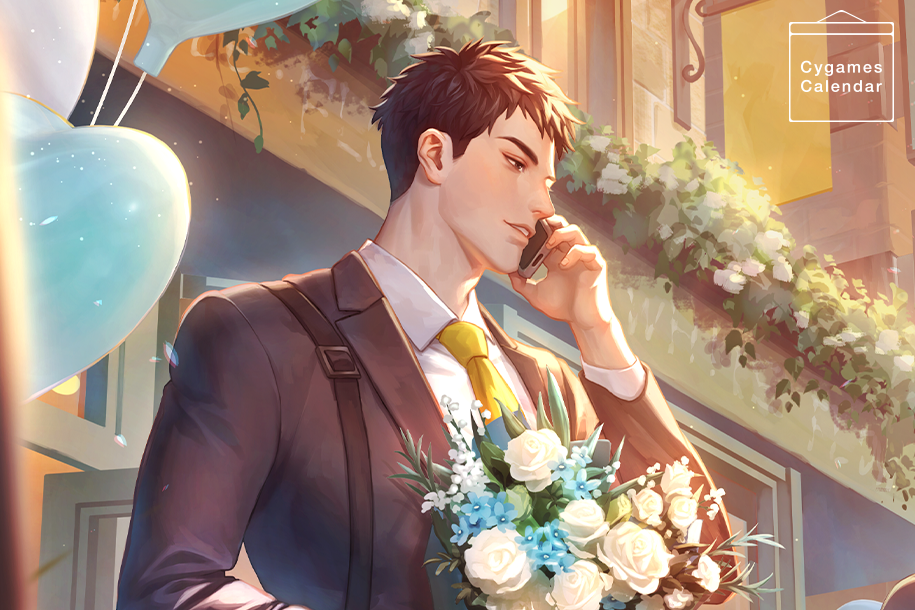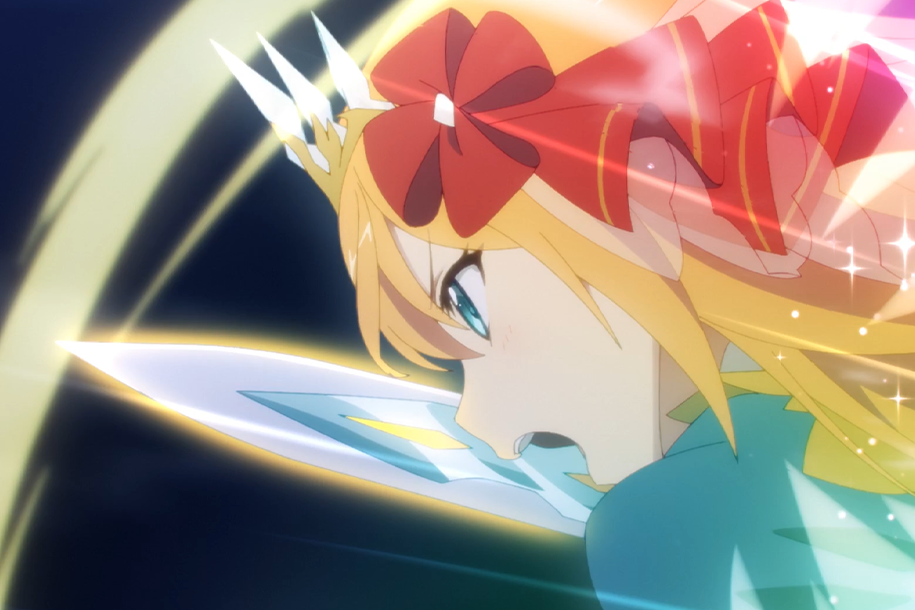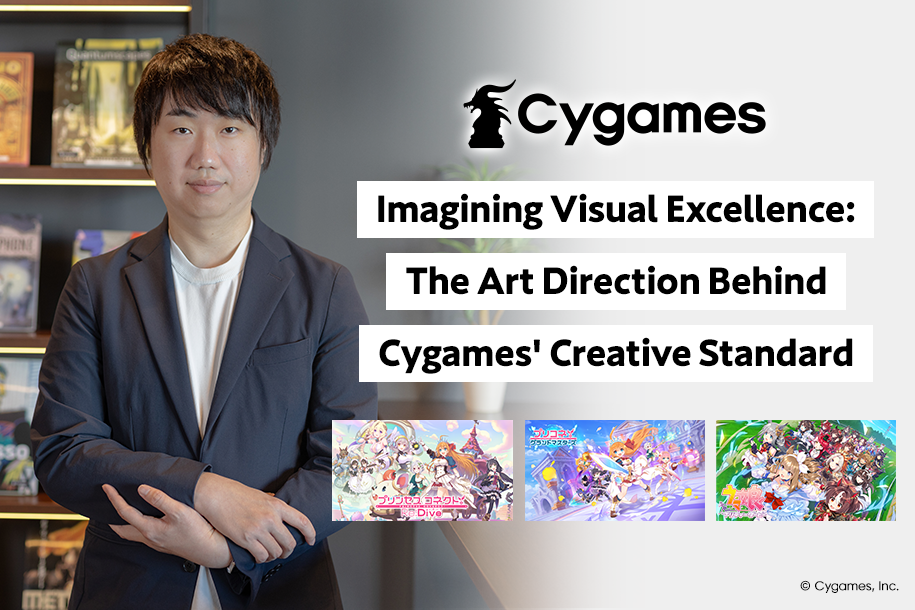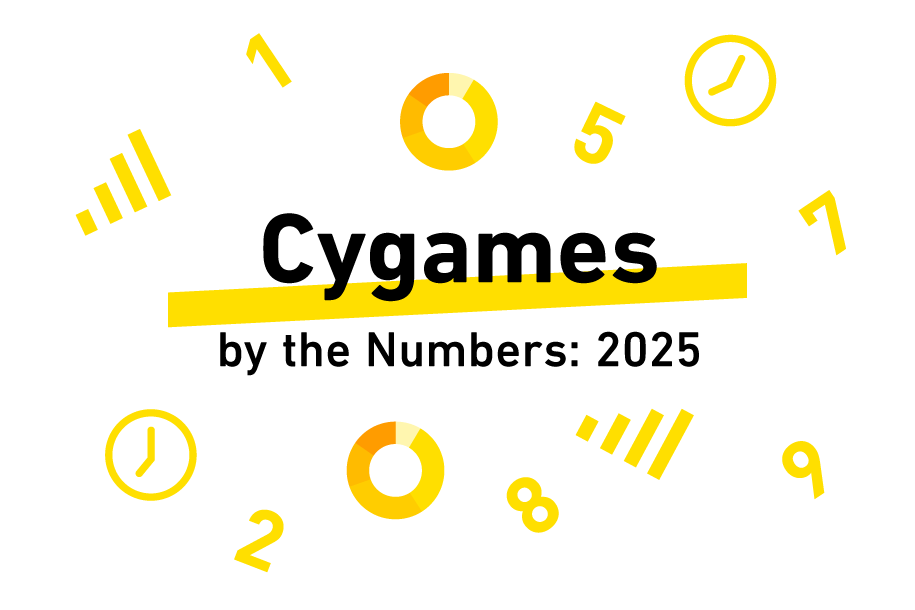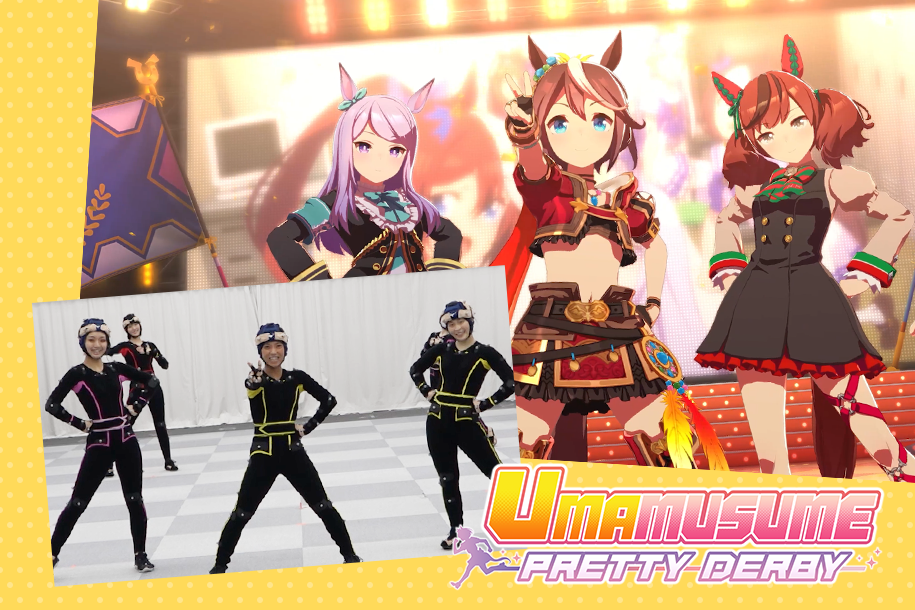An Interview with Shadowverse’s Director: Development of a Digital Card Game with Over 21 Million Downloads
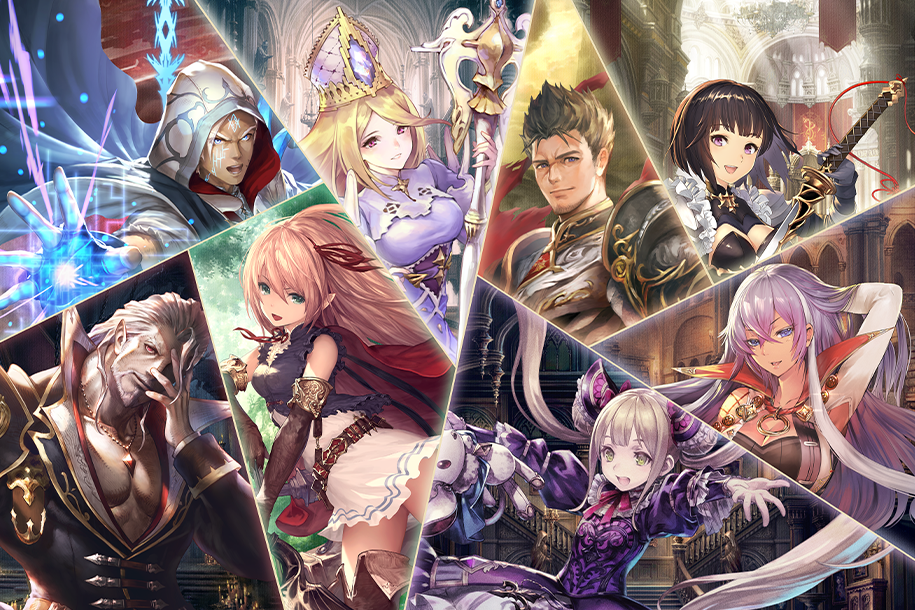
The digital card game Shadowverse celebrated its third birthday in June 2019.
While featuring characteristics offered by digital content such as casual smartphone play, Shadowverse has also been actively making inroads into the world of esports. This includes hosting large-scale offline tournaments attended by players from around the world with prizes in excess of 100 million yen (1 million dollars), and the establishment of a pro league.
For this interview, we chatted with the director of Shadowverse about the development and operation of the game, and the attention to detail that went into its making!
The advantages and challenges of making a digital card game.
To start things off, could you give us a brief explanation of your responsibilities as Shadowverse’s director?
Working alongside the producer, I decide the overall direction the game is going to take.
To go into more detail, I’m involved with the card set releases that occur every three months and the implementation of new features, as well as planning how the offline tournaments are run. I’m also involved with planning the Shadowverse Tournament Navigator app, and work on the parallel development of IP collaborations.
As a director, is there anything that you pay particular attention to across all of your many roles?
The card game genre has “analog” origins. Physical card games are still very popular today, but I always focus on what we can do to add the strengths of the digital medium to the genre.
Can you provide some examples of these strengths?
First and foremost, I think the biggest advantage of digital card games is that you can find an opponent to battle against quickly, and easily play PvP matches to your heart’s content.
On the other hand, if the player matching process and the matches themselves are slow or unresponsive, that can also be a stressful experience. I watch out for ways to keep stress and gameplay issues to a minimum while also maximizing the enjoyment and visual quality of the game. I think that this balance what I pay the most attention to for Shadowverse.
What’s the biggest challenge you face as Shadowverse’s director?
I think many smartphone games are in a constant state of flux. The more you play, the stronger your characters become in terms of stats, or the more new characters you collect. I think that’s what feels fun about them, and it promotes the desire to play, but card games like Shadowverse have a fundamentally different game cycle from those sorts of games.
The cards you can use only really change once every three months, so thinking of ways to keep people engaged during that time without getting bored is the biggest difficulty we face in running the game.
Some approaches we’ve adopted to resolve this issue include preparing special matches with different rules like Gems of Fortune, and holding events players can get hyped about, like the Take Two All-Stars matches.
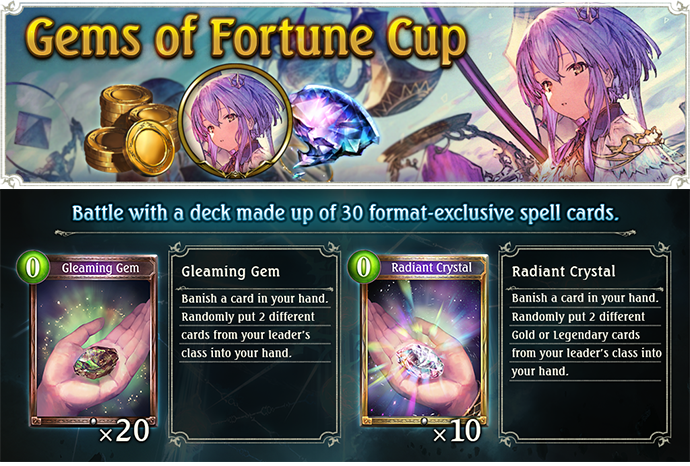
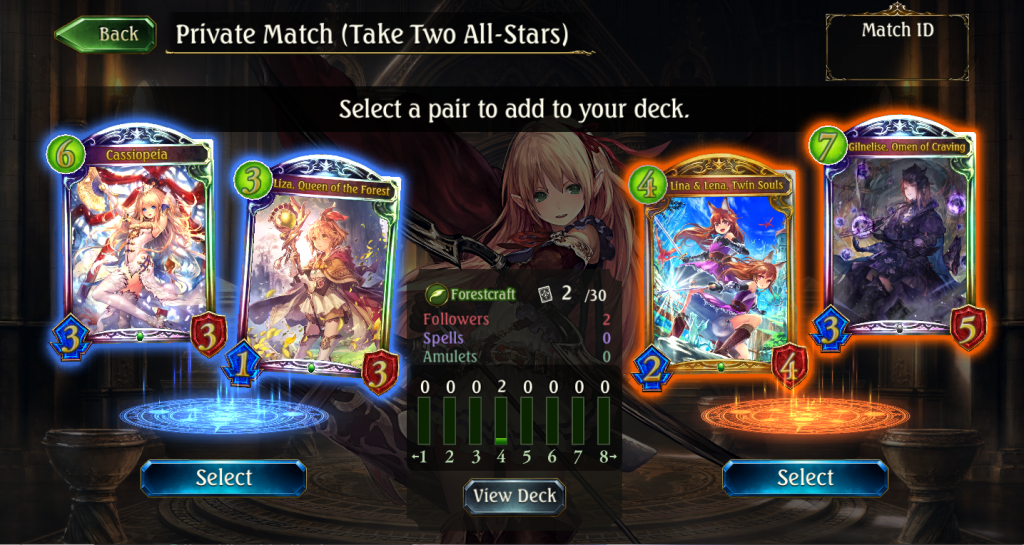
A major event every three months! Preparing for card set releases.
When releasing a new card set, how do you go about planning and developing the cards, including balancing them with the massive number of existing cards?
The planning section, which includes myself, is comprised of two groups that are primarily responsible for the development of new sets. One is the TCG Planner Group that exclusively works on game design for the cards. The other is the Battle Group that incorporates and implements the cards designed by the TCG planners into the game.
Other groups include the UI Group that’s responsible for adding new features to the game and the Scenario Group that handles story and dialogue. Each group proposes a plan and then works with the other planning groups, as well as the designers and engineers in order to implement it.
Even within Cygames, the existence of a TCG Planner Group—a team specializing entirely in card game design—is unique to the Shadowverse team.
So you have a team exclusively dedicated to designing cards for the game! How do the different teams work to put together the large updates that happen every three months?
First, the TCG Planner Group decides on the composition of the card set, and around three months before the release, they discuss specifics with the Battle Group.
From there the Battle Group takes the lead and starts thinking about how to implement the cards into the game, how to handle things like effects, etc. At the same time, the TCG Planner Group is constantly working on adjusting the game balance of the cards, right up to the last possible moment.
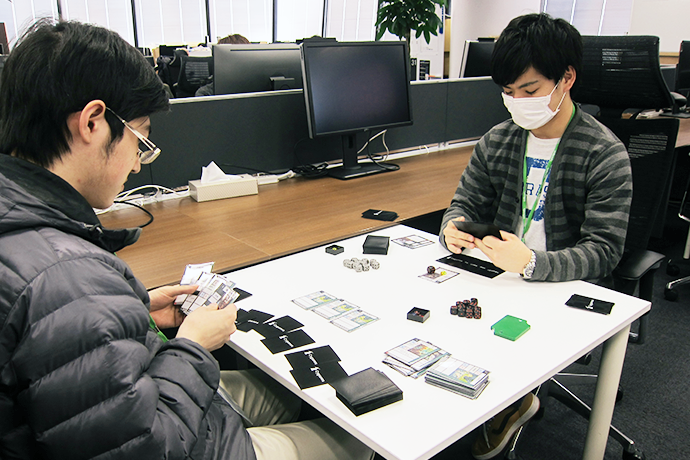
I see. In terms of the initial planning, how far from release does that get underway?
Right now we’re thinking about the card set for June 2020, so generally around eight months prior to the release.
That far ahead! If you’re planning that far in advance, do you find that the initial ideas you come up with and the cards implemented in the end are quite different?
We look at how the most recently released card set is shaping the game environment and adjust the card design accordingly. That means the card set only settles into its final form right before the release. But the theme we decide on for each set and the card effects that form its concept never change significantly.
So you start with a theme and concept, and then proceed with more detailed planning and development from there. How do you decide those initial concepts?
There are all sorts of ways in which the themes and concepts are decided. For example, the 14th card set that was added at the end of September is called Verdant Conflict. In order to highlight the content of the main story for the set, we added the new Natura trait. The 12th card set, Steel Rebellion, also had a concept based on the content of the main story.
So you take inspiration from the scenario or other elements of the game’s world. As a director, do you also carefully check the card-related game design?
I leave a lot to the TCG planners, but I do pay special attention to the cards when new abilities are introduced to make sure their addition doesn’t make the rules too complicated. When adding new elements, we try as much as possible to implement them in a way that doesn’t affect the current battle screen layout. That way, players who are returning to Shadowverse after a hiatus can slip back into the game smoothly.
Expanding features for both PvP and solo play: The director’s vision for the future of Shadowverse.
What elements of Shadowverse would you like to enhance in the future?
Our development team has been working on creating features centered on tournaments lately. While we’ll continue to work on developing these features, I personally also want to ensure that we have more solo content going forward.
I wasn’t expecting you to mention solo play there! What kind of things are you thinking of?
First, a robust story.
I think preparing a story that explores each character on a deeper level will really bring out the appeal of the cards themselves.
Also, in order to make the story more enjoyable, we’re planning to modify story features.
That’s good news for fans of the in-game universe.
And, while this is still just an idea in my head, I think it would be interesting for Shadowverse to take a similar approach to another Cygames title, Princess Connect! Re: Dive, and run limited-time event quests.
I also want to do something with a quintessential RPG flavor, like preparing a powerful boss and asking players to defeat it.
That’s something a lot of other games do, but it would be very fresh for Shadowverse!
We already have matches in the main story where you fight powerful bosses, but I want players to experience a kind of fun that you don’t get from defeating other players. I also think the fun of playing the game itself will draw players further into the world of Shadowverse.
Lastly, you’re going to be holding a hiring seminar specifically for Shadowverse planners. What kind of people do you want to attract?
Everyone involved in the project loves Shadowverse, so having a love for the title is definitely important.
Also, as we talked about earlier, Shadowverse planners can contribute to a wide range of possible roles, including team members who handle the battles, who develop new features, and who handle the story.
So I’d really like people who have some idea about what they’d like to achieve with Shadowverse come aboard. They can contribute anything, from ideas of how to improve the battles, to a desire to be involved in scenario development, to ideas for features that enhance the quality of life for players.
Anyone with a passion for Shadowverse is more than welcome to join!
While Shadowverse is now in its fourth year since launch, it’s still very much a title that actively challenges itself to do new things. All of our team members have a positive attitude towards taking on new challenges, and the development team is very passionate. If you have any interest at all in working in such an environment, please stop by our seminar.



